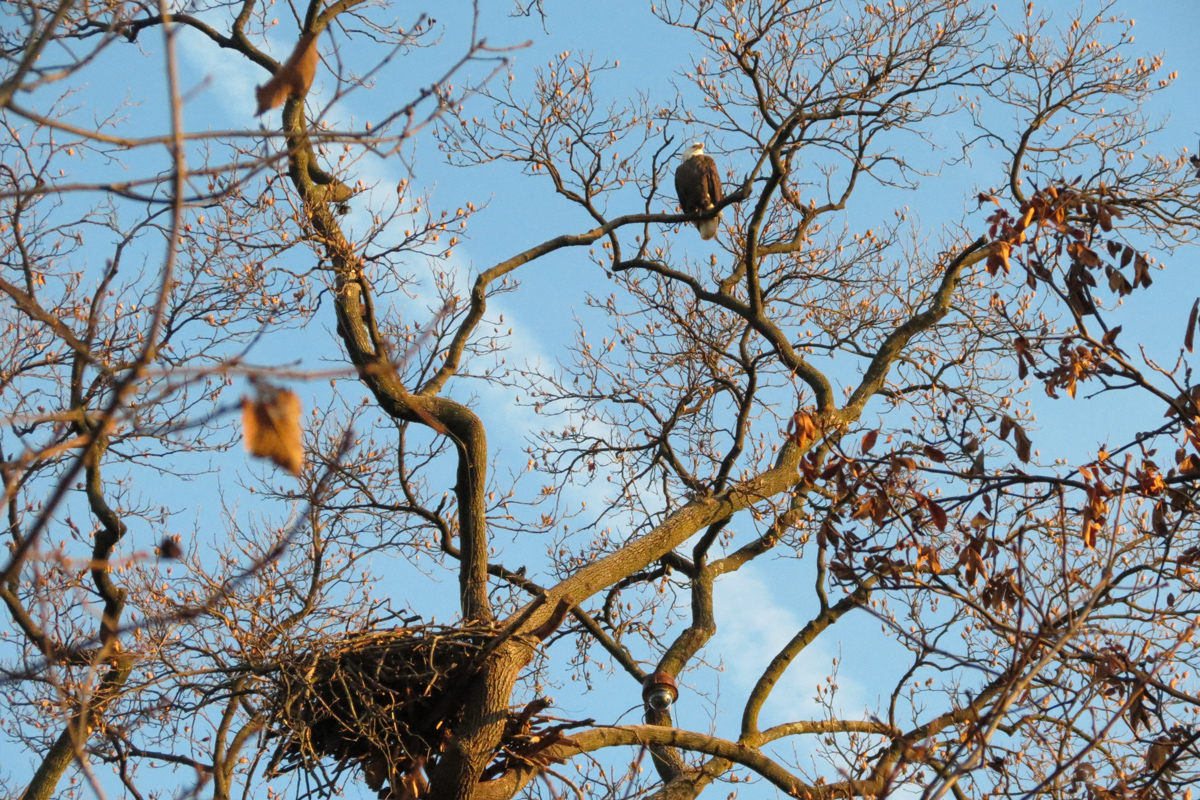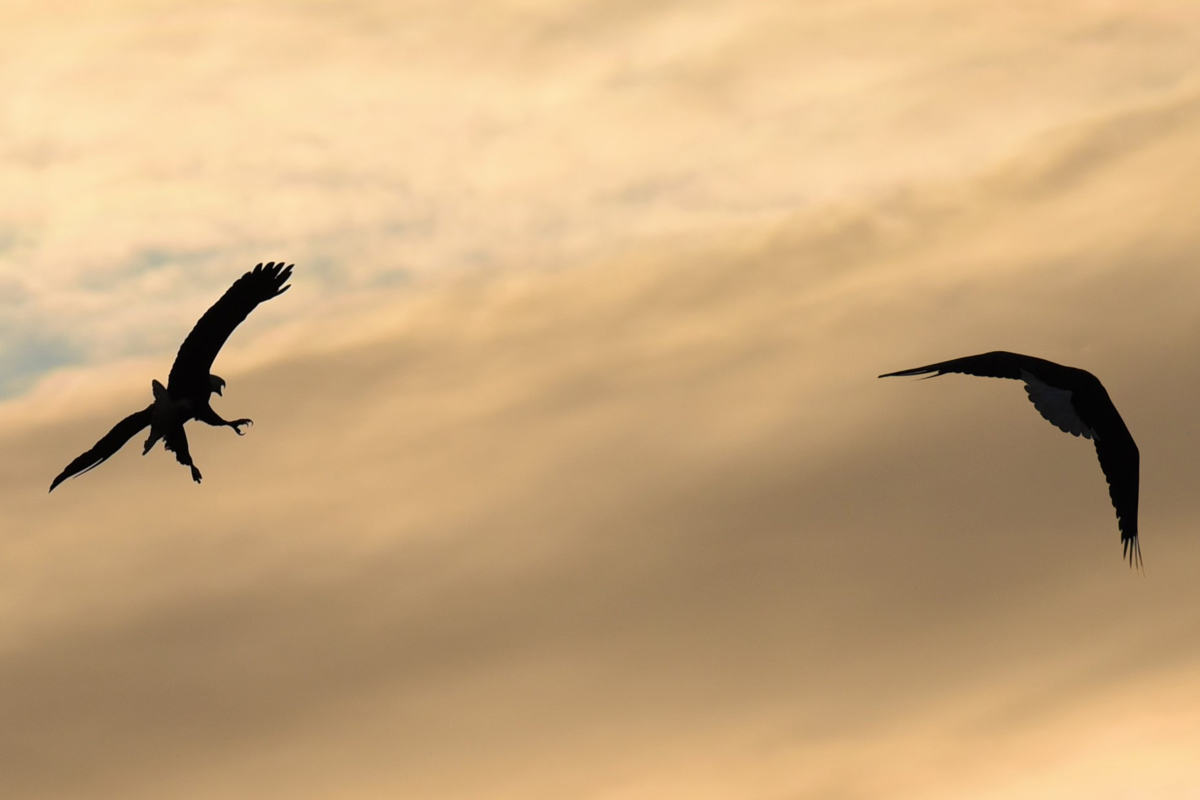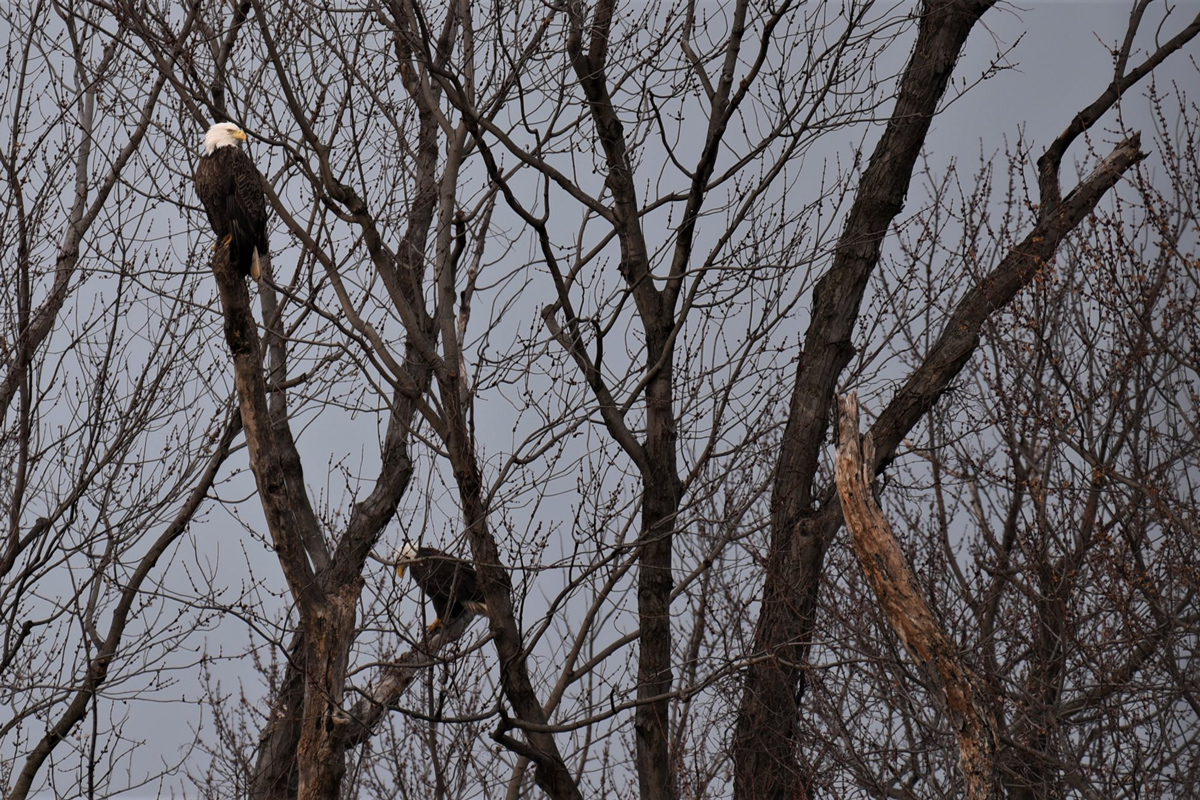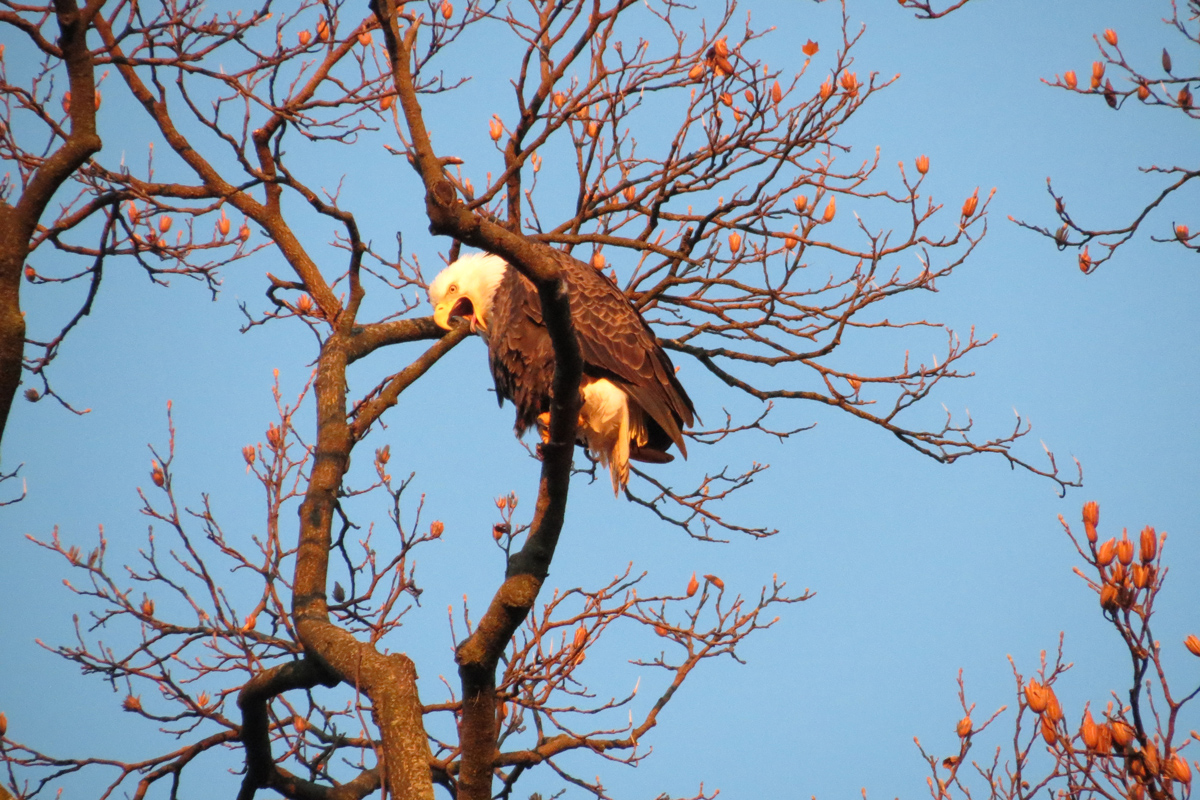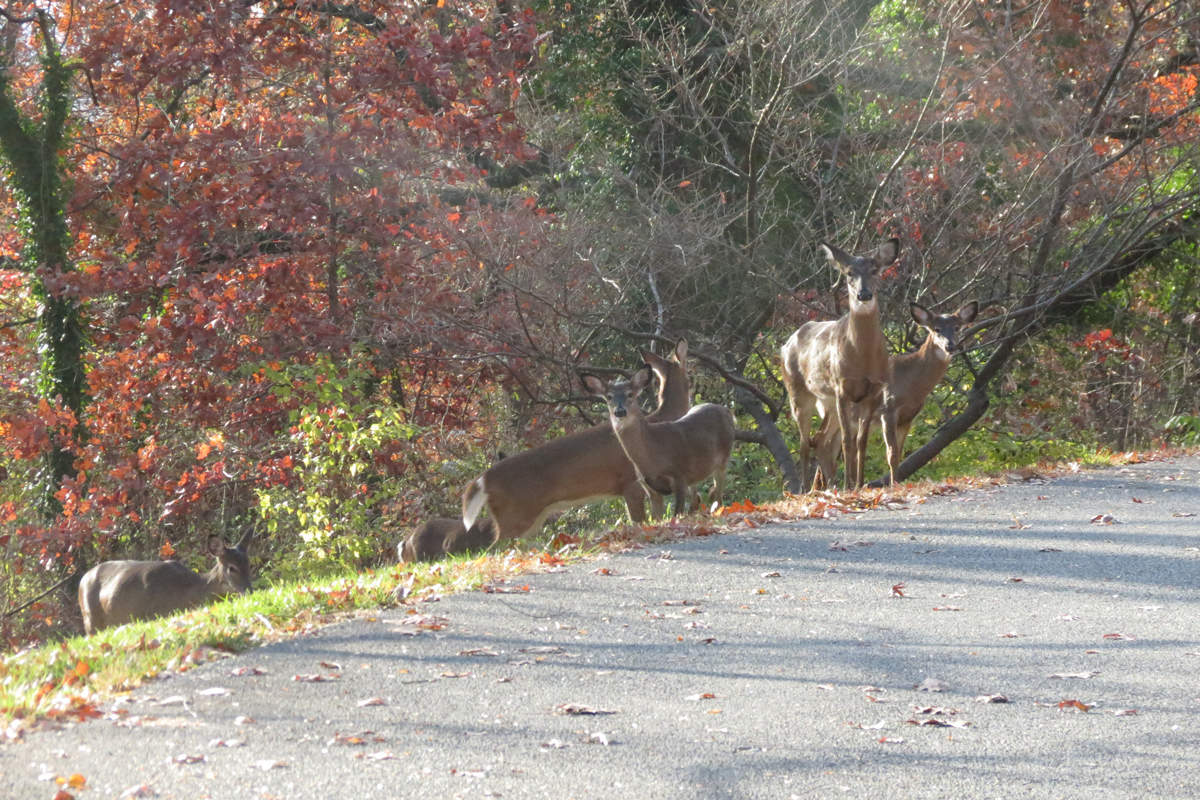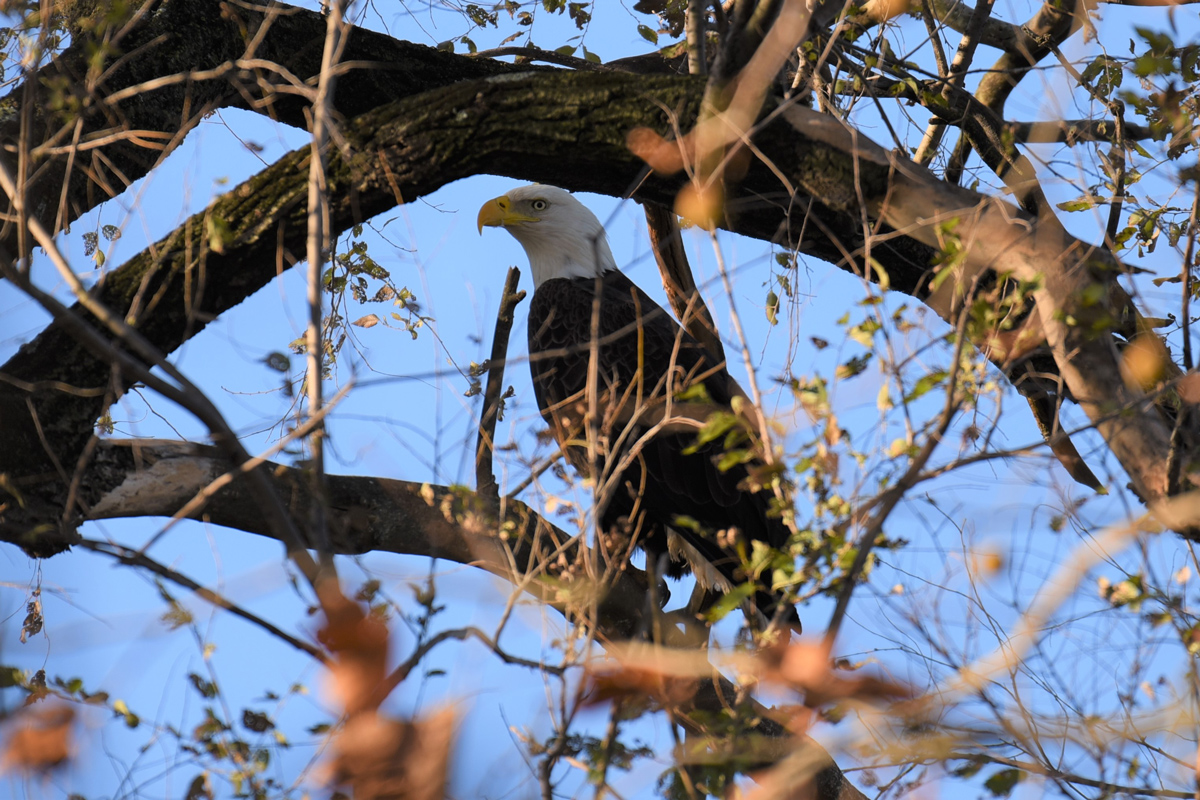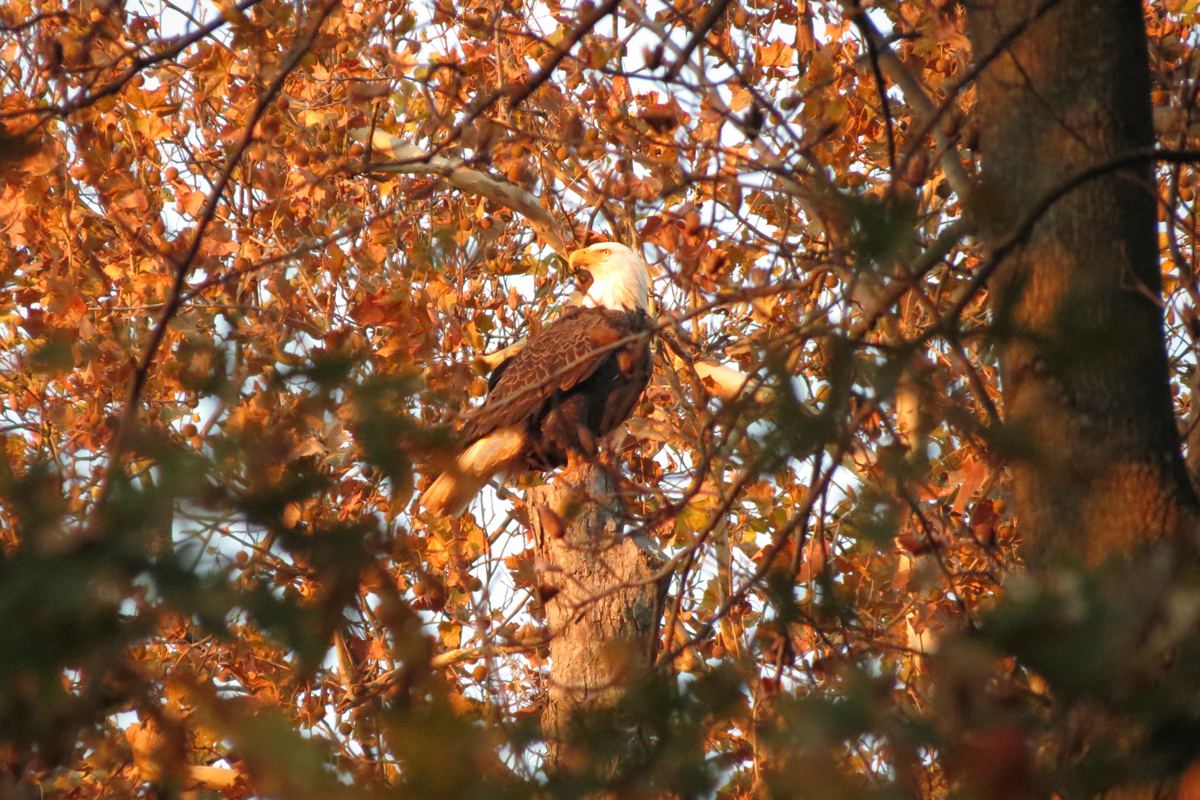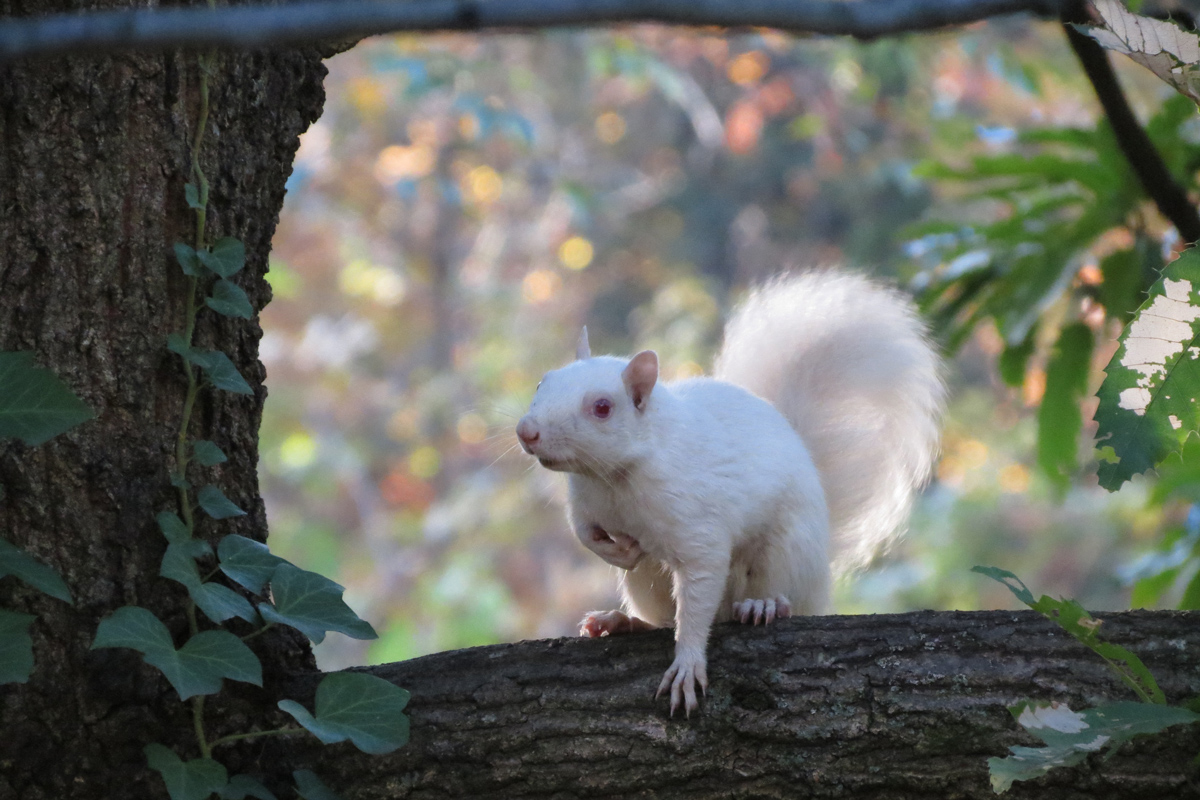Mr. President & the First Lady
National Arboretum Bald Eagle Nest Cam
Washington, DC
About Mr. President and The First Lady
In 2014, a pair of mated bald eagles chose the most idyllic of nest sites within the United States’ National Capital, Washington, DC, nestled high in a Tulip Poplar Tree amongst The Azalea Collection at the United States National Arboretum, which is operated by the United States Department of Agriculture. This was the first time bald eagles have nested in this location since 1947. This pair raised one eaglet successfully in 2015 and two in 2016.
We want to thank AEF Volunteers and Staff (special thanks to Patty Fernandez, Carol Caesar, & Crystal Slusher), Sue Greeley with the USNA, Dan Rauch with the DOEE, and Craig Koppie with the USFWS, for providing information and photos to help create this page. Many questions about these eagles are answered below. Even more questions are answered and explanations given in our FAQ sheet (PDF).
Nest History
In 2015, after an educational visit to Capitol Hill, the American Eagle Foundation had the privilege of visiting the National Arboretum, where they first learned about this idyllic nest site. Afterwards, the AEF and USNA entered into a partnership to place two HD video cameras at the top of the nest with direct views into the nest.
After the eagle pair left their nest site in August 2015 for their annual migration, the AEF traveled to DC to install cameras and other related equipment in-and-around the nest tree with the help of experienced tree climbers. The USNA ran about a half-mile of fiber optic cable to the cameras’ control box located about 200 feet from the base of the tree. The entire system is powered by a large mobile solar array that was designed and built by students and staff from Alfred State College, SUNY College of Technology and was partially funded by DC’s Department of Energy and Environment (DOEE).
Each year, improvements have been made with streaming, cam quality, and better delivery. The American Eagle Foundation, the U.S. National Arboretum, and Friends of the National Arboretum , along with other cooperative agencies supporting this project, invite you to share the 2019 nesting season with Mr. President & The First Lady.
Brought to you by


In Cooperation With






![]()

Like What You See?
»SUPPORT«
If you would like to donate specifically to the NA Eagle Cam Project, please make sure to use our National Arboretum Eagle Cam Donation item at www.eagles.org/donate so we can make sure to allocate 100% of your donation to the operating costs of this project.
Questions and Answers
Q. How many eagles have nested in the Arboretum in the past?
A. Although we can’t be certain how many eagles have nested in this specific geographic location, we do know that this is the first pair of eagles to nest in the U.S. National Arboretum in Washington, DC in almost 70 years. The previous pair to nest in the National Arboretum was in 1947.
Q. Why did these eagles choose the National Arboretum?
A. The Arboretum has a number of mature trees that are large enough to support an eagle’s nest. Even though this nest is in an urban area, the Arboretum provides quality wildlife habitat and enough open space to dampen the commotion and noise from the city. Also, the Arboretum’s eastern boundary is the Anacostia River, which is a significant food source.
Q. What kind of food does the Anacostia River provide to these eagles?
A. There are about 50 species of fish in the Anacostia, some are minnows, alewives and other small fish but there are some like shad, bass, herring, warmouth, gar and American eel that they could catch. We know for sure they are eating catfish, most likely a bullhead type and perch (we saw that when USFWS did their fly over last season, it was sitting on the edge of the nest). It was noted that the eagles may have been feeding on either a female ruddy duck or coot. There were also some herring or ring-billed gull primary feathers in the nest.
Q. What other types of wildlife can be seen along the Anacostia River?
A. The Anacostia River supports 188 species of birds and nearly 50 species of fish. Some of the animals you can see in and along the river include: bald eagles, beavers, white perch, ospreys, striped bass, cormorants, crayfish, herons, turtles, egrets, otters, herring, red fox, shad, kingfishers, and bullhead catfish.
Q. How many eagles have nested in the Arboretum in the past?
A. Although we can’t be certain how many eagles have nested in this specific geographic location, we do know that this is the first pair of eagles to nest in the U.S. National Arboretum in Washington, DC in almost 70 years. The previous pair to nest in the National Arboretum was in 1947.
Q. Why did these eagles choose the National Arboretum?
A. The Arboretum has a number of mature trees that are large enough to support an eagle’s nest. Even though this nest is in an urban area, the Arboretum provides quality wildlife habitat and enough open space to dampen the commotion and noise from the city. Also, the Arboretum’s eastern boundary is the Anacostia River, which is a significant food source.
Q. What kind of food does the Anacostia River provide to these eagles?
A. There are about 50 species of fish in the Anacostia, some are minnows, alewives and other small fish but there are some like shad, bass, herring, warmouth, gar and American eel that they could catch. We know for sure they are eating catfish, most likely a bullhead type and perch (we saw that when USFWS did their fly over last season, it was sitting on the edge of the nest). It was noted that the eagles may have been feeding on either a female ruddy duck or coot. There were also some herring or ring-billed gull primary feathers in the nest.
Q. What other types of wildlife can be seen along the Anacostia River?
A. The Anacostia River supports 188 species of birds and nearly 50 species of fish. Some of the animals you can see in and along the river include: bald eagles, beavers, white perch, ospreys, striped bass, cormorants, crayfish, herons, turtles, egrets, otters, herring, red fox, shad, kingfishers, and bullhead catfish.

